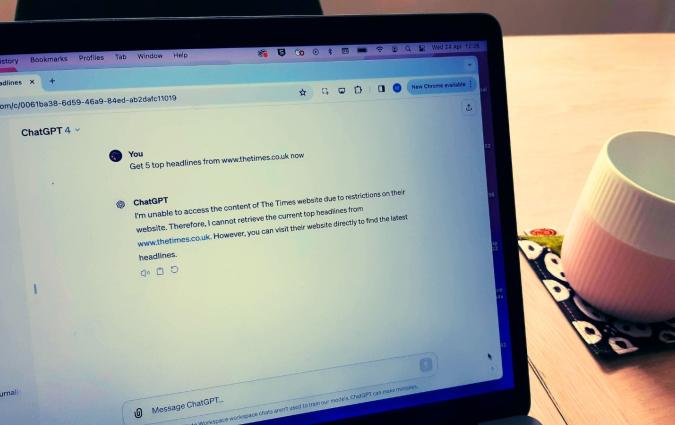Developing Digital News in Public Service Media

In this report, we analyse how public service media organisations across six European countries are developing new projects and products to deliver digital news.
All the organisations we cover here face various external challenges, including discussions around the funding, remit, and role of public service media, pressure from private sector media competitors, the rise of platform companies, and continued changes in media use.
Our focus here is specifically on how they respond to these challenges and changes, and on the internal factors that those involved in developing new forms of digital public service news see as influencing the process of product development.
Based on examples from each organisation and 36 interviews with both senior editors and managers as well as people directly involved in each project or product, we identify four foundational factors that our interviewees suggest are necessary for the successful development of new forms of digital news in public service media organisations, and three additional factors that seem to facilitate it.
The four foundational factors are:
- strong and public support from senior leadership;
- buy-in from the wider newsroom;
- the creation of cross-functional teams with the autonomy, skills, and resources to lead and deliver on projects; and
- an audience-centric approach.
These factors are foundational because they are not substitutable. Cross-functional teams may be necessary, but they are not sufficient to deliver change. The wider newsroom may want change, but if senior management does not lead, it will not happen.
Across our different case organisations and the countries covered, these seem necessary to develop and sustain new public service news projects and products.
The three facilitating factors include:
- having a development department specifically for news;
- being able to bring in new talent; and
- working with external partners.
These factors in many cases seem to have facilitated development work, but they also represent specific solutions to challenges that can be handled in other ways.
The factors identified are in line with some findings from management studies and organisational sociology on change and innovation, while also being specific to public service media organisations.
External challenges and the wider change in our media environment are factors over which public service media organisations have little or no influence. The internal factors we have discussed here may be hard to influence, but ultimately it is within the power of public service media organisations themselves to change them.
To succeed in the future, public service media organisations have to be able to change – and continue to change – to develop their digital offerings, as the environment transforms. Political actors can, with public support, create an enabling environment for public service media. But it is up to the public service media organisations themselves to find new and effective ways of serving the public.
Funders






